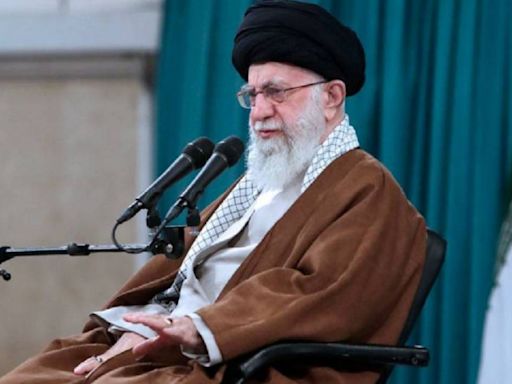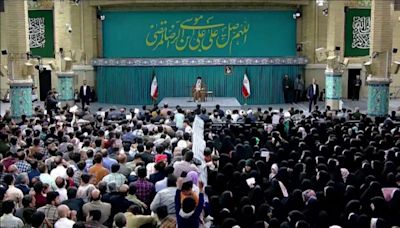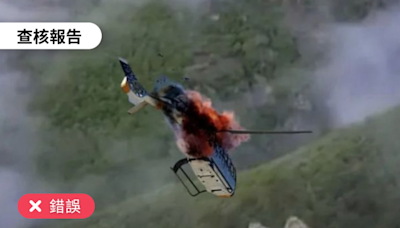搜尋結果
Iran, [a] officially the Islamic Republic of Iran ( IRI ), [b] also known by its Western-given name Persia, [c] is a country in West Asia. It is bordered by Iraq to the west and Turkey to the northwest, Azerbaijan, Armenia, the Caspian Sea and Turkmenistan to the north, Afghanistan to the east, Pakistan to the southeast, the Gulf of Oman and ...
History of Iran. The history of Iran (or Persia, as it was commonly known in the Western world) is intertwined with that of Greater Iran, a sociocultural region spanning the area between Anatolia in the west and the Indus River and Syr Darya in the east, and between the Caucasus and Eurasian Steppe in the north and the Persian Gulf and the Gulf ...
- Creation
- Political Structure
- Armed Forces
- Islamic Political Culture
- See Also
The Islamic Republic of Iran was created shortly after the Islamic Revolution. The first major demonstrations with the intent to overthrow the Shah Mohammad Reza Pahlavi began in January 1978, with a new, Islam-based, theocratic Constitution being approved in December 1979, ending the monarchy. The Shah left Iran for exile in January 1979 after lar...
Leadership
The Supreme Leader of the Islamic Republic of Iran, officially called the Supreme Leadership Authority in Iran, is a post established by Article 5 of the Constitution of the Islamic Republic of Iran in accordance with the concept of the Guardianship of the Islamic Jurist. This post is a life tenure post. According to article 110 of the constitution, the Supreme Leader delineates the general policies of the Islamic Republic. Article 109 is about the Leadership Qualifications and Article 110 me...
Legislature
The Legislature of the Islamic Republic of Iran has two parts: the Islamic Consultative Assembly and the Guardian Council. The Articles 62-99 are about the Legislature of the Islamic Republic of Iran.
Judicial system
The judiciary of the Islamic Republic of Iran is an independent power, the protector of the rights of the individual and society, responsible for the implementation of justice, and entrusted with the following duties: 1. investigating and passing judgement on grievances, violations of rights, and complaints; the resolving of litigation; the settling of disputes; and the taking of all necessary decisions and measures in probate matters as the law may determine; 2. restoring public rights and p...
General Staff of Armed Forces of the Islamic Republic of Iran
The Supreme Leader appoints General staff of Armed forces of the Islamic Republic of Iran which is the highest military body in Iran, with an aim to implement policy, monitor and coordinate activities within Armed Forces of the Islamic Republic of Iran. Major general Mohammad Hossein Bagheriis the current chief of this staff.
Islamic Republic of Iran Army
The Islamic Republic of Iran Army is the "conventional military of Iran" and part of Armed Forces of the Islamic Republic of Iran. The army is tasked to protect the territorial integrity of Iranian state from external and internal threats and to project power. According to article 143 of Constitution the Army of the Islamic Republic of Iran is responsible for guarding the independence and territorial integrity of the country, as well as the order of the Islamic Republic. Artesh has its own Jo...
Islamic Revolution Guard Corps
The Islamic Revolution Guard Corps (Sepah) is a branch of Iran's Armed Forces, established after the Islamic revolution on 5 May 1979. Article 150 says about Sepah that The Islamic Revolution Guards Corps, organized in the early days of the triumph of the Revolution, is to be maintained so that it may continue in its role of guarding the Revolution and its achievements. MG Hossain Salamiis the current commander of the Islamic Revolution Guard Corps.
It is said that there are attempts to incorporate modern political and social concepts into Islamic canon since 1950. The attempt was a reaction to the secular political discourse namely Marxism, liberalism and nationalism. However, we could observe the great influence of western culture in Iran after a coup d'état in 1953. Following the death of A...
The politics of Iran takes place in the framework of an Islamic theocracy which was formed following the overthrow of Iran's millennia-long monarchy by the 1979 Iranian Islamic Revolution.Iran's system of government (nezam) has been described (by Juan José Linz in 2000) as combining "the ideological bent of totalitarianism with the limited pluralism of authoritarianism."
The COVID-19 pandemic in Iran has resulted in 7,627,186[2] confirmed cases of COVID-19 and 146,811[2] deaths. On 19 February 2020, Iran reported its first confirmed cases of infections in Qom.[5] The virus may have been brought to the country by a merchant from Qom who had travelled to China.[6] In response, the Government of Iran cancelled ...
The Iranian Revolution ( Persian: انقلاب ایران, Enqelâb-e Irân [ʔeɴɢeˌlɒːbe ʔiːɾɒːn] ), also known as the Islamic Revolution ( انقلاب اسلامی, Enqelâb-e Eslâmī ), [4] was a series of events that culminated in the overthrow of the Pahlavi dynasty in 1979.
Website. irannationalmuseum.ir. The National Museum of Iran ( Persian: موزهٔ ملی ایران Mūze-ye Melli-ye Irān) is located in Tehran, Iran. It is an institution formed of two museums; the Museum of Ancient Iran and the Museum of the Islamic Era, which were opened in 1937 and 1972, respectively.



